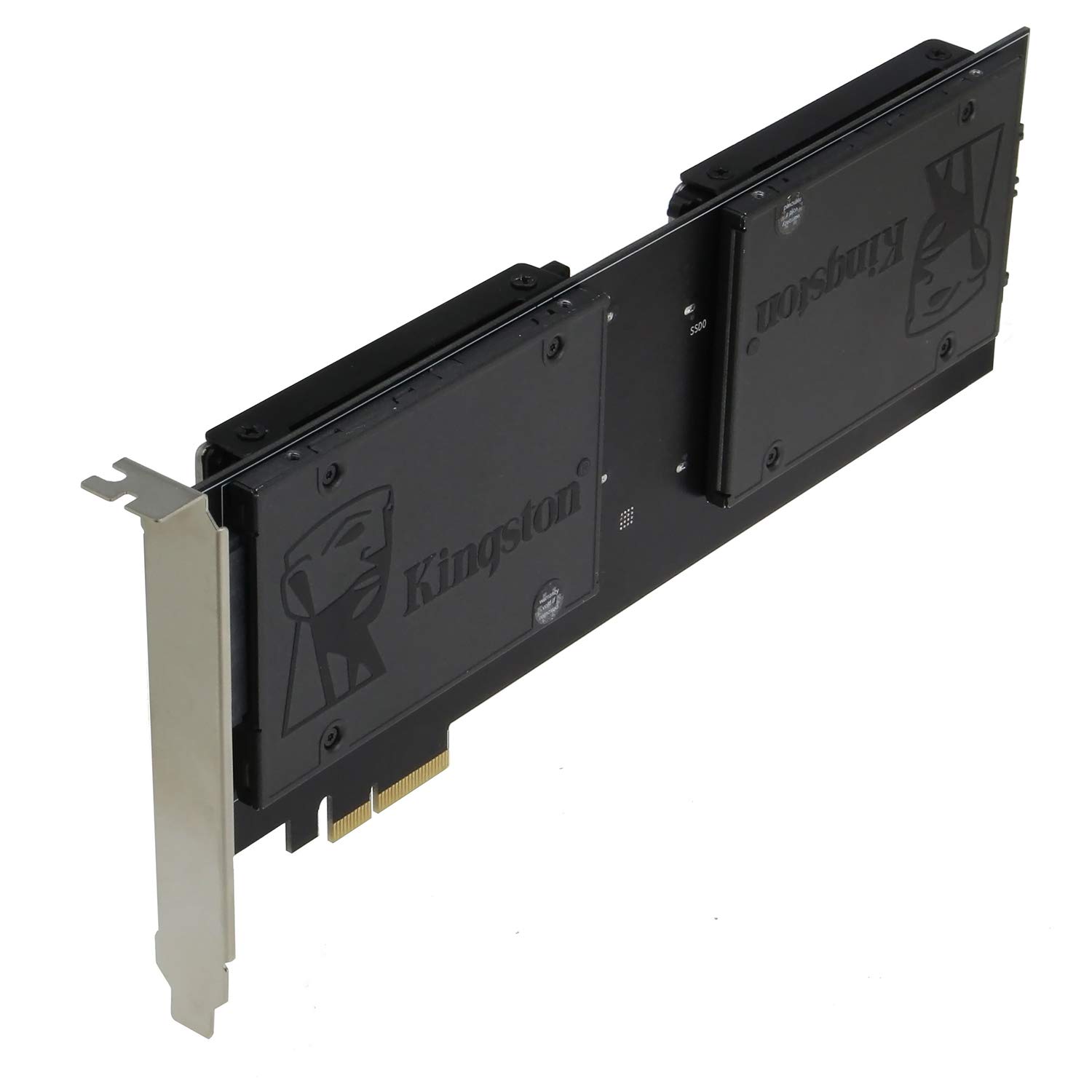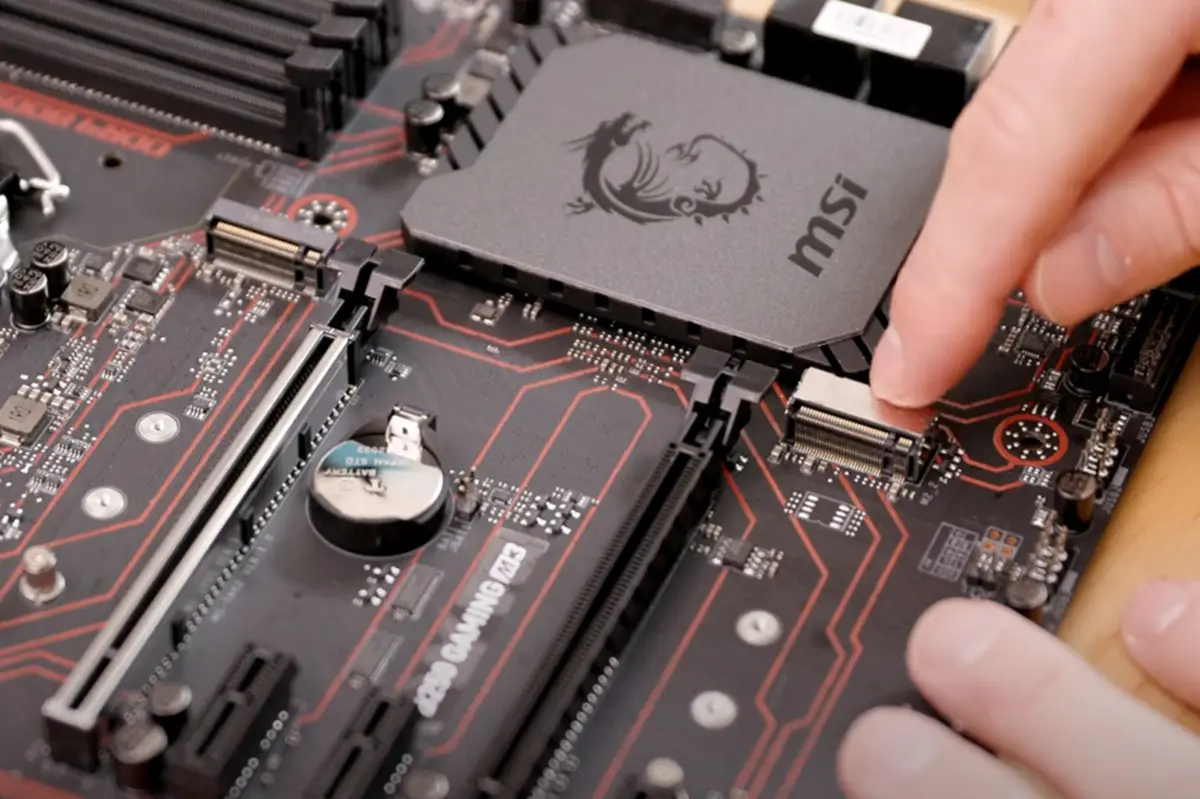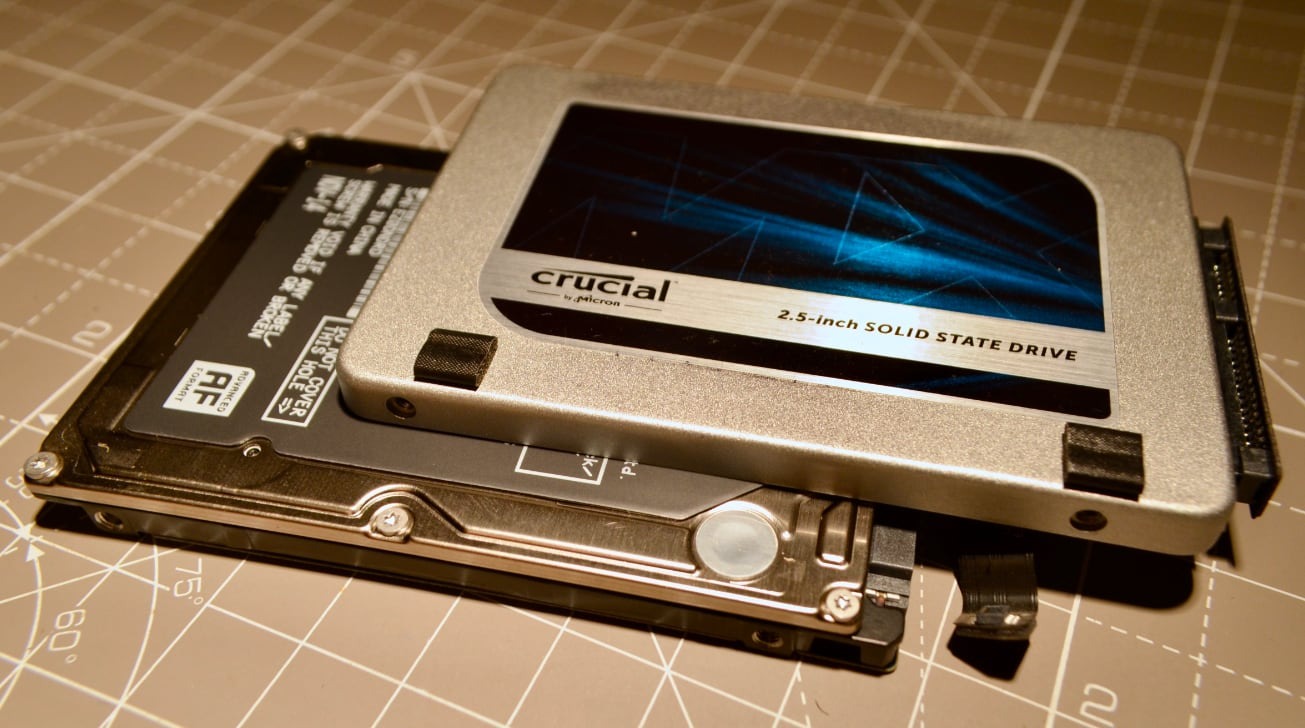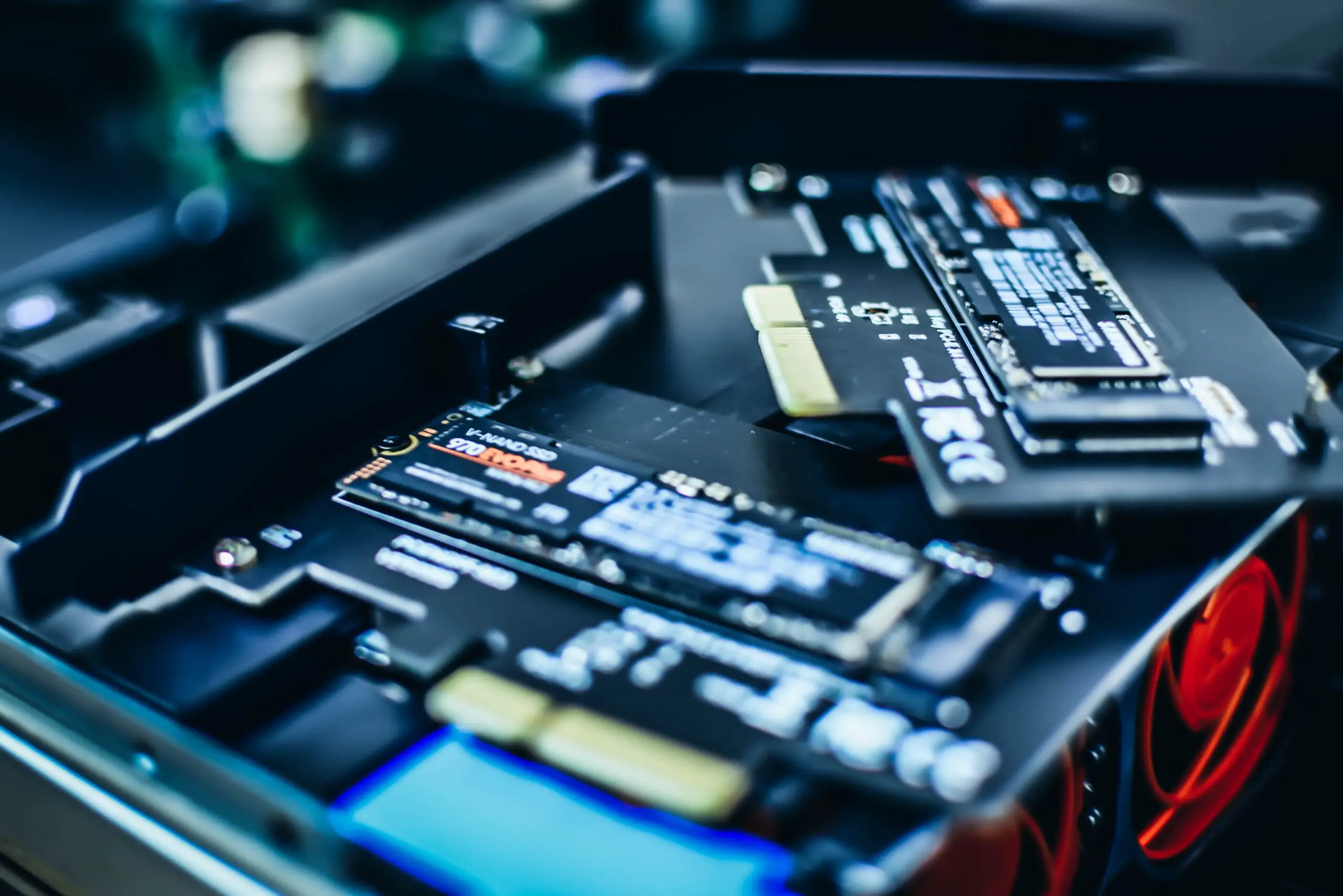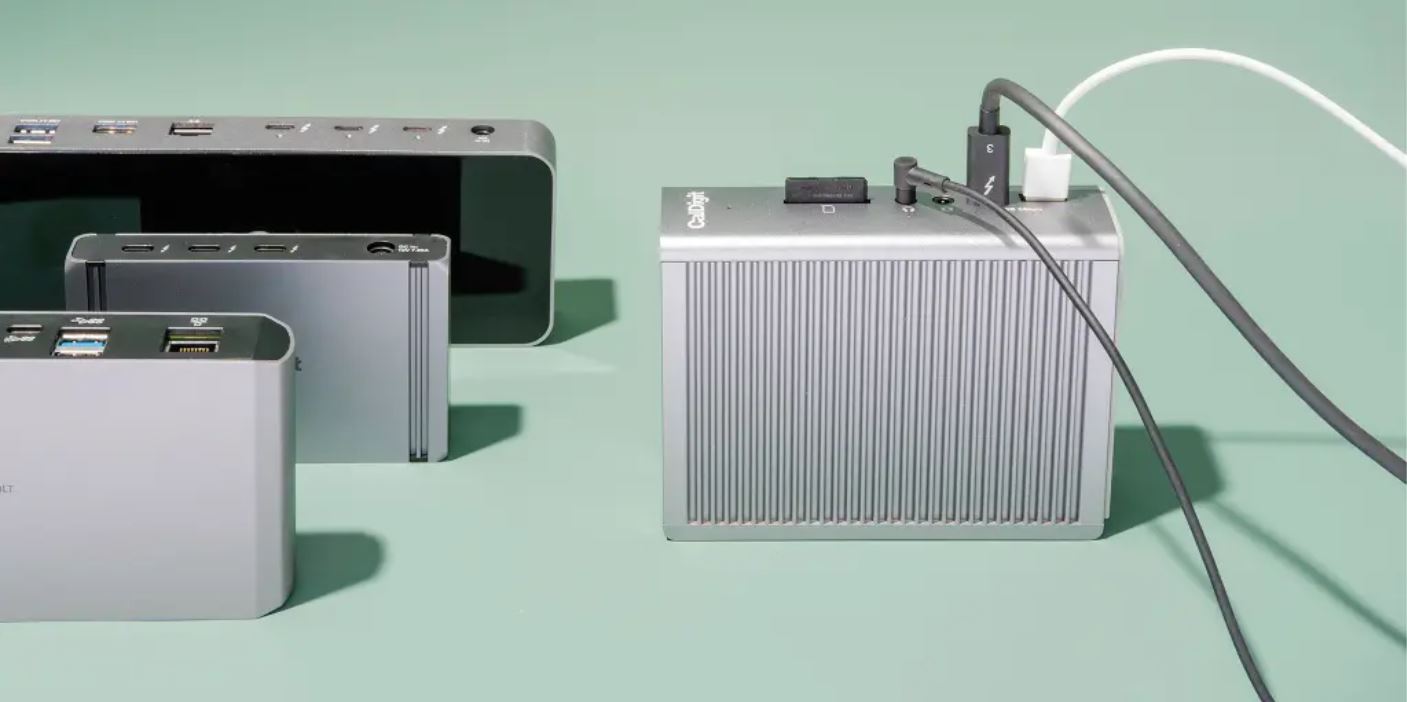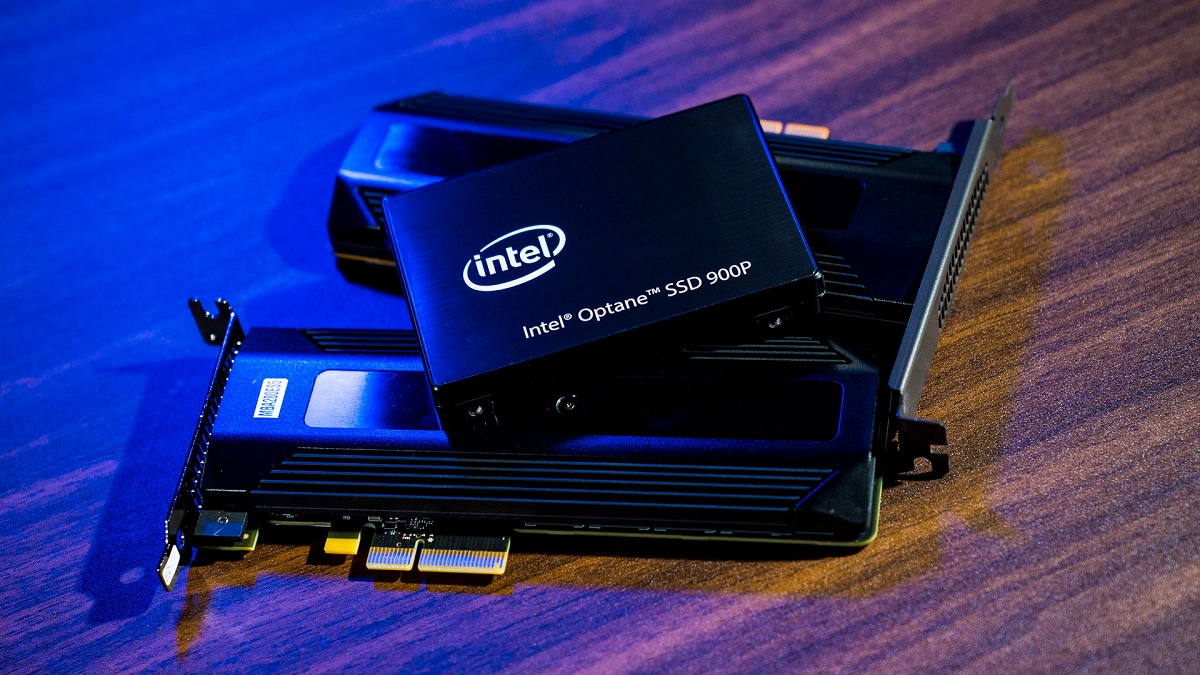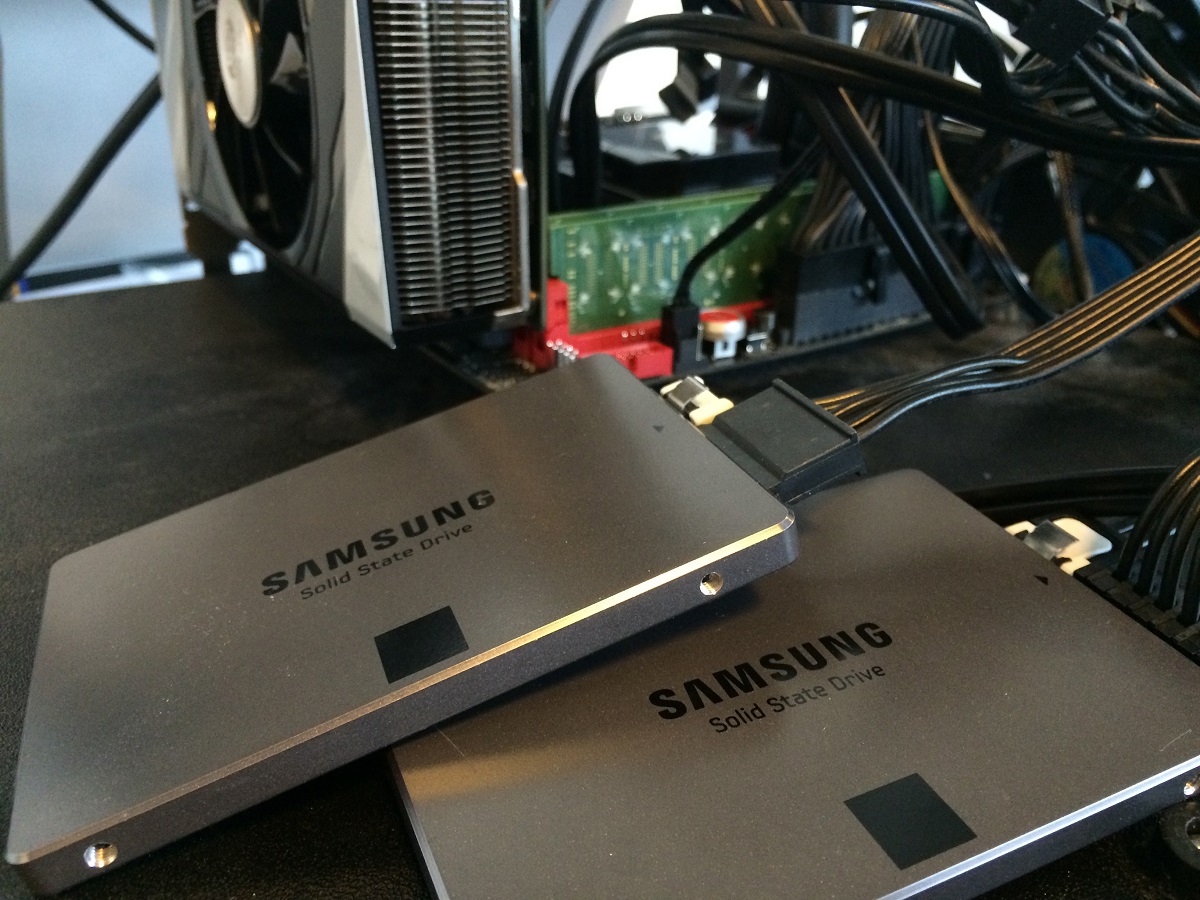Introduction
RAID 0, also known as striping, is a popular method of combining multiple drives to improve performance and storage capacity. When it comes to Solid State Drives (SSDs), RAID 0 can offer even greater benefits due to their exceptional speed and reliability. In this article, we will explore what RAID 0 is and discuss its advantages specifically for SSDs.
SSDs are well-known for their lightning-fast read and write speeds, making them ideal for applications that require quick data access and transfer. By utilizing RAID 0, SSDs can take their performance to the next level by harnessing the power of parallel processing.
One of the main benefits of RAID 0 is that it splits data across multiple drives, allowing for simultaneous read and write operations. This parallel processing capability significantly enhances the overall data transfer rate, resulting in blazing-fast performance. Whether you are gaming, video editing, or working with large datasets, RAID 0 with SSDs can provide the speed and performance boost you need.
Furthermore, RAID 0 offers increased storage capacity by combining multiple drives into a single logical volume. This means that you can effectively double, triple, or even quadruple your storage space, depending on the number of SSDs used. For individuals working with large media files, databases, or creative projects, this expanded storage capacity can be a game-changer.
However, it’s important to consider a few factors before setting up RAID 0 with SSDs. One crucial aspect is data redundancy. Unlike other RAID levels, RAID 0 does not provide any data redundancy or fault tolerance. If one drive fails, all the data stored across the entire RAID 0 array can be lost. Therefore, it’s essential to have a robust backup strategy in place to protect your data.
Additionally, since RAID 0 splits data across multiple drives, the failure of a single drive in the array will result in data loss for the entire array. Therefore, it’s crucial to ensure that your SSDs are of high quality and have a low failure rate to minimize the risk of data loss.
What is RAID 0?
RAID 0, also known as striping, is a data storage method that combines multiple drives into a single logical unit. Unlike other RAID configurations aimed at data redundancy and fault tolerance, RAID 0 focuses on improving performance and storage capacity.
In a RAID 0 setup, data is distributed across the drives in small chunks known as stripes. Each stripe is written to a different drive, allowing for parallel access and faster data transfers. This parallel processing capability results in significantly enhanced read and write speeds, making RAID 0 an attractive option for those seeking optimal performance.
RAID 0 operates on the principle of striping data across drives in such a way that each drive handles a portion of the workload. When a file is written or read, it gets split into smaller blocks, and each block is distributed across the drives. This allows for multiple drives to work together simultaneously, reducing the time it takes to access or store data.
For example, let’s say you have four SSDs with a capacity of 250GB each. In a RAID 0 setup, these drives would be combined to create a single logical volume with a massive storage space of 1TB (4 drives x 250GB). Data would be distributed across the drives, with each drive handling a portion of the workload. As a result, the overall read and write speeds would be substantially faster compared to a single drive configuration.
It’s important to note that RAID 0 does not provide any data redundancy or fault tolerance. If one drive fails, all the data stored across the entire RAID 0 array can be lost. Therefore, it’s crucial to have proper backup measures in place to protect your data.
Another factor to consider is that the capacity of the RAID 0 array is limited to the size of the smallest drive in the configuration. In the example above, if one drive has a capacity of 200GB instead of 250GB, the total capacity of the RAID 0 array will be limited to 800GB (4 drives x 200GB). Therefore, it’s essential to use drives with the same capacity when setting up a RAID 0 array.
In summary, RAID 0 is a data storage method that combines multiple drives to improve performance and storage capacity. It uses striping to distribute data across the drives and allows for parallel processing, resulting in faster read and write speeds. However, RAID 0 lacks data redundancy and fault tolerance, so it’s crucial to have appropriate backup strategies in place to protect your data.
Benefits of RAID 0 for SSDs
When it comes to Solid State Drives (SSDs), RAID 0 can provide several significant benefits, harnessing the full potential of these high-performance storage devices. Let’s explore some of the advantages of using RAID 0 with SSDs:
1. Increased Speed: SSDs are already known for their exceptional speed, but when combined in a RAID 0 array, the speed is amplified even further. RAID 0 allows for parallel processing, effectively splitting data across multiple drives and enabling simultaneous read and write operations. This parallelization significantly improves the overall data transfer rate, resulting in lightning-fast performance.
2. Enhanced Workload Capacity: By utilizing multiple SSDs in a RAID 0 configuration, the workload capacity is effectively increased. Each drive within the array shares the data processing load, enabling higher performance levels when dealing with intensive tasks. This is especially beneficial for professionals working with demanding applications, such as video editing, 3D rendering, or complex simulations.
3. Expanded Storage Capacity: RAID 0 combines the storage capacity of each drive in the array, providing a substantial increase in overall storage space. For example, if you have four 1TB SSDs in a RAID 0 setup, your total storage capacity will be 4TB. This expanded capacity is particularly advantageous for users working with large media files, databases, or other data-intensive applications that require ample storage space.
4. Seamless Performance Scaling: When additional drives are added to a RAID 0 array, the performance scales accordingly. This means that as you add more SSDs to your array, you can expect a proportional increase in performance. This scalability makes RAID 0 a flexible solution, allowing you to adapt to changing storage and performance requirements without the need for extensive configuration changes.
5. Cost-effective Solution: RAID 0 can be a cost-effective option for improving performance and storage capacity compared to other RAID levels. Since RAID 0 does not require any additional drives for redundancy or fault tolerance, you can maximize your storage space and performance without the added cost of redundant drives.
While RAID 0 offers remarkable benefits, it’s essential to be aware of the trade-off in terms of data redundancy and fault tolerance. Since there is no data redundancy in RAID 0, the failure of a single drive in the array can lead to complete data loss. Therefore, regular backups are crucial to ensure the safety and integrity of your data.
In summary, RAID 0 provides increased speed, enhanced workload capacity, expanded storage space, seamless performance scaling, and cost-effective performance and storage improvements for SSDs. However, data redundancy measures such as regular backups are necessary to mitigate the risk of data loss.
Things to Consider Before Setting Up RAID 0 with SSDs
While RAID 0 can offer significant benefits for SSDs, there are a few important factors to consider before setting up a RAID 0 configuration with your SSDs. Taking these into account will help ensure a smooth and successful setup process:
1. Data Redundancy: RAID 0 does not provide any data redundancy or fault tolerance. This means that if one drive fails, all data stored across the entire array can be lost. Therefore, it is crucial to have a reliable backup strategy in place to protect your data. Regularly backing up your data to an external storage device or cloud service will help mitigate the risk of permanent data loss.
2. Drive Compatibility: When setting up a RAID 0 array, it is important to use SSDs that are compatible with each other. Ideally, all drives should have the same specifications, including capacity, model, and firmware version. Mismatched drives may lead to suboptimal performance or compatibility issues within the RAID 0 array.
3. Drive Quality and Lifespan: The quality and lifespan of the SSDs used in the RAID 0 array are crucial factors to consider. SSDs have a limited lifespan, typically measured in terms of total bytes written (TBW). Ensure that the SSDs you choose have a sufficient TBW rating to handle the workload expected in your RAID 0 configuration. Higher-quality SSDs with longer warranties and better reputations for durability are recommended to minimize the risk of drive failure.
4. Backup and Recovery Plan: Data loss can occur not only due to drive failures but also as a result of accidental deletion, software corruption, or system crashes. Having a comprehensive backup and recovery plan is essential to safeguard your data. Consider implementing a robust backup strategy, including regular automated backups and off-site storage, to protect against unexpected data loss.
5. Performance vs. Redundancy: RAID 0 excels in terms of performance and capacity but lacks the data redundancy offered by other RAID levels. It is important to weigh the benefits of enhanced speed and increased storage capacity against the absence of data redundancy. Evaluate your specific needs and consider whether the trade-off is acceptable for your use case.
6. Controller Compatibility: Ensure that your RAID controller or motherboard supports RAID 0 configurations. Not all controllers or motherboards are equipped with RAID capabilities, so check the specifications of your hardware to confirm compatibility. Additionally, ensure that the firmware of your RAID controller is up to date to avoid any compatibility issues or performance limitations.
By considering these factors before setting up RAID 0 with SSDs, you can optimize the configuration for your specific requirements and minimize the risk of potential problems or data loss. With careful planning and implementation, RAID 0 can provide a significant performance boost and increased storage capacity for your SSDs.
Step-by-Step Guide to Setting Up RAID 0 with SSDs
If you’re interested in harnessing the performance benefits of RAID 0 with your SSDs, here is a step-by-step guide to help you set it up:
Step 1: Check Hardware Compatibility: Ensure that your motherboard or RAID controller supports RAID 0 configurations. Refer to the documentation or specifications of your hardware to confirm compatibility.
Step 2: Backup Your Data: Before proceeding with any changes to your storage configuration, it is essential to back up all of your important data. This step will safeguard against potential data loss during the setup process.
Step 3: Acquire Compatible SSDs: Ensure that you have compatible SSDs with matching specifications, including capacity and firmware versions. Mismatched SSDs can lead to performance and compatibility issues in the RAID 0 array.
Step 4: Power Off and Install SSDs: Power off your computer and physically install the SSDs in the available drive bays. Ensure that the SSDs are securely connected to the appropriate connectors on the motherboard or RAID controller.
Step 5: Access RAID Configuration Utility: Power on your computer and enter the RAID configuration utility during the system boot process. The specific key combination to access the utility depends on your motherboard or RAID controller. Consult the documentation for your hardware to find the correct key or combination.
Step 6: Configure RAID 0 Array: Once inside the RAID configuration utility, locate the option to create a new RAID array and select RAID 0 as the desired RAID level. Follow the on-screen prompts to configure the RAID parameters for your SSDs, such as stripe size and array capacity.
Step 7: Save and Exit: After configuring the RAID 0 array, save the changes and exit the RAID configuration utility. This will initiate the creation of the RAID 0 array on your SSDs.
Step 8: Install Operating System: If you haven’t done so already, install your operating system onto the newly created RAID 0 array. Follow the standard installation procedure for your operating system, selecting the RAID 0 array as the installation destination.
Step 9: Format and Partition: Once the operating system is installed, you may need to format and partition the RAID 0 array for it to be recognized and accessible. Use the appropriate disk management tools in your operating system to format the array and create partitions as needed.
Step 10: Test and Optimize: Finally, test the performance of your RAID 0 array with benchmarking tools or real-world usage scenarios. Monitor the temperature and overall health of your SSDs to ensure they are functioning optimally. Consider enabling features such as TRIM support and configuring any necessary firmware updates to maintain peak performance.
Following these steps will help you successfully set up a RAID 0 configuration with your SSDs, unlocking their full potential for enhanced performance and increased storage capacity.
Single-Controller RAID 0 vs. Multiple-Controller RAID 0
When setting up RAID 0 with SSDs, you may come across the terms “single-controller RAID 0” and “multiple-controller RAID 0.” These refer to different configurations based on the number of RAID controllers used. Let’s explore the differences between the two:
Single-Controller RAID 0: In a single-controller RAID 0 configuration, all SSDs are connected to a single RAID controller. This controller manages the data distribution and parallel processing across the drives. Single-controller RAID 0 setups are common in consumer-grade systems where a dedicated RAID controller is not present, and the motherboard’s integrated RAID functionality is utilized.
Single-controller RAID 0 has the advantage of simplicity and ease of setup since all drives are managed by a single controller. Additionally, it typically requires fewer cables and power connections, resulting in a simpler and neater internal layout. However, the performance potential of the RAID 0 array may be limited by the capabilities and processing power of the single controller.
Multiple-Controller RAID 0: In a multiple-controller RAID 0 configuration, each SSD is connected to its own RAID controller. These controllers work independently to manage the data distribution and parallel processing across their respective drives. Multiple-controller RAID 0 setups are more commonly found in high-performance systems or enterprise environments where dedicated RAID cards or specialized hardware RAID controllers are employed.
Multiple-controller RAID 0 offers potential performance advantages compared to single-controller setups. Each controller can handle the data processing for its assigned SSD, allowing for more parallelization and potentially higher overall throughput. The use of multiple controllers also spreads the load, reducing the strain on any single controller and potentially improving overall reliability.
However, multiple-controller RAID 0 configurations can be more complex to set up and manage. They may require additional hardware components, such as dedicated RAID cards or specific motherboard configurations with support for multiple RAID controllers. This complexity can increase the cost and the level of technical expertise required for implementation and maintenance.
When deciding between a single-controller RAID 0 and multiple-controller RAID 0, consider the specific requirements of your system and workload. Single-controller RAID 0 may be sufficient for most consumer-grade applications, providing an easy and cost-effective way to improve performance and storage capacity. On the other hand, multiple-controller RAID 0 can offer increased performance potential and workload scalability, making it a suitable choice for high-performance systems or demanding enterprise environments.
Ultimately, the choice between single-controller RAID 0 and multiple-controller RAID 0 depends on factors such as the desired level of performance, the availability of dedicated hardware, and the complexity of setup and management. Assess your specific needs and budgetary constraints to determine which configuration is most suitable for your SSD RAID 0 setup.
Common Issues and Troubleshooting Tips
While RAID 0 configurations with SSDs can provide significant performance benefits, it’s important to be aware of potential issues that may arise. Here are some common problems and troubleshooting tips to help you overcome them:
1. Drive Failure: Since RAID 0 lacks data redundancy, the failure of a single drive can lead to complete data loss for the entire array. Regularly monitoring the health of your SSDs and performing backups is crucial to minimize the risk of data loss. If a drive fails, replace it as soon as possible to restore the RAID 0 array.
2. Data Corruption: Data corruption can occur due to various factors, such as power outages or system crashes. Implementing a comprehensive backup strategy, including regular automated backups, can help restore data in case of corruption. Additionally, using an uninterruptible power supply (UPS) can protect your system from sudden power loss and mitigate the risk of data corruption.
3. Compatibility Issues: Ensure that all components involved in the RAID 0 setup, including SSDs, RAID controllers, and motherboard firmware, are compatible with each other. Check for any available firmware updates to ensure optimal compatibility and performance.
4. Driver and Firmware Updates: Keeping your SSDs, RAID controllers, and motherboard firmware up to date is essential to address potential bugs and improve stability. Check the manufacturer’s website regularly for driver and firmware updates and install them accordingly.
5. Overheating: RAID 0 arrays with multiple SSDs can generate significant heat, especially during intensive read and write operations. Ensure proper airflow and cooling within your system by using quality case fans and CPU coolers. Monitor the temperature of your SSDs using appropriate software and take necessary measures if temperatures exceed recommended levels.
6. Performance Limitations: While RAID 0 offers significant performance improvements, there may be potential bottlenecks that limit the full potential of the array. Factors such as the speed of the RAID controller, system bus, and overall system configuration can impact performance. Ensure that your system components, including the motherboard and RAID controller, are capable of providing sufficient bandwidth for optimal performance.
7. RAID Controller Configuration: Check the RAID controller settings to ensure that RAID 0 is properly configured. Verify that the stripe size and block size are optimized for your specific workload and system requirements. Consult the documentation provided with your RAID controller for detailed instructions on configuration settings.
8. RAID Monitoring and Management: Utilize RAID management software provided by the RAID controller manufacturer to monitor the status, health, and performance of your RAID 0 array. Regularly check for any error messages, notifications, or alerts indicating potential issues with the array or individual drives.
By being aware of these common issues and following the troubleshooting tips provided, you can overcome challenges that may arise when setting up and maintaining a RAID 0 configuration with SSDs. Remember to stay proactive and implement preventive measures to ensure the reliability, performance, and integrity of your RAID 0 array.
Conclusion
RAID 0 can be an excellent choice for maximizing the performance and storage capacity of your SSDs. By combining multiple drives into a single logical volume, RAID 0 allows for parallel access and faster data transfers. The benefits of RAID 0 with SSDs include increased speed, enhanced workload capacity, expanded storage space, seamless performance scaling, and cost-effective performance and storage improvements.
However, it’s crucial to consider the trade-offs that come with RAID 0. The lack of data redundancy means that a single drive failure can result in complete data loss. Therefore, implementing a robust backup strategy is essential to protect your valuable data. Additionally, careful consideration should be given to drive compatibility, quality, lifespan, and the overall backup and recovery plan.
Whether you choose a single-controller RAID 0 or a multiple-controller RAID 0 configuration depends on your specific requirements, system capabilities, and budget. While a single-controller RAID 0 can provide a simpler and cost-effective solution, multiple-controller RAID 0 offers potential performance advantages in certain high-performance setups.
Don’t forget to regularly monitor the health of your SSDs, keep drivers and firmware up to date, and address any potential issues that may arise, such as drive failures, data corruption, compatibility problems, or performance limitations.
By following the step-by-step guide and considering the factors discussed in this article, you can successfully set up and manage a RAID 0 array with SSDs, unlocking their full potential for performance and storage capacity.







